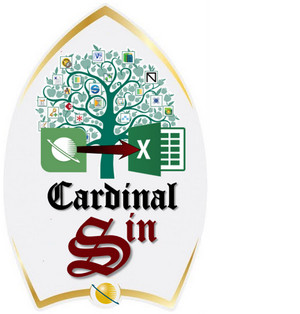 “Workflow” and “Automation“. Terms that are normally used (in our world) when talking about a TMS (Translation Management System). So when working with tools like SDL WorldServer and SDL TMS which are provide a high degree of customisation, both using the user interface and/or through the API (Application Programming Interface). For example, in SDL WorldServer you could create a workflow that automated the process for things like this:
“Workflow” and “Automation“. Terms that are normally used (in our world) when talking about a TMS (Translation Management System). So when working with tools like SDL WorldServer and SDL TMS which are provide a high degree of customisation, both using the user interface and/or through the API (Application Programming Interface). For example, in SDL WorldServer you could create a workflow that automated the process for things like this:
- watch a CMS (Content Management System) or a number of folders somewhere for updated files
- as soon as new files appear kick off a project management workflow (analyse, prepare quotes, determine due dates, assign work etc.)
- Start a translate/review workflow with automated assignments of the work as each bit of the workflow completes
- send final documents off for “in country” review and support a review process if changes are required
- update Translation Memories, Termbases with final changes
- create invoices and send find details to a payment/invoicing system
Continue reading “InSource! Bringing in your source content”

 Strong words… “
Strong words… “ If you regularly read the articles I write you may have noticed that I like to talk about the
If you regularly read the articles I write you may have noticed that I like to talk about the 
 Back in July 2013 I wrote an article called “
Back in July 2013 I wrote an article called “ If you’ve never come across Microsoft Publisher before then here’s a neat explanation from wikipedia.
If you’ve never come across Microsoft Publisher before then here’s a neat explanation from wikipedia. … and path handling in Studio can still be a little challenging. I imagine that’s a statement not too many users would disagree with! There is a knack to using it, and if you can allow Studio to do its thing, which is what the black box translation environments of some competitive solutions do anyway, then it is something you can live with. But if you want to have the physical Studio projects set up in the same way as your customer folders, which the black box approach can’t do, then Studio can be a little frustrating at times when in your eagerness to tackle the work your projects are stored in a location you didn’t intend because you missed the prompts to change it! I even wrote about this once in an effort to explain the inner workings of path handling in Studio, “
… and path handling in Studio can still be a little challenging. I imagine that’s a statement not too many users would disagree with! There is a knack to using it, and if you can allow Studio to do its thing, which is what the black box translation environments of some competitive solutions do anyway, then it is something you can live with. But if you want to have the physical Studio projects set up in the same way as your customer folders, which the black box approach can’t do, then Studio can be a little frustrating at times when in your eagerness to tackle the work your projects are stored in a location you didn’t intend because you missed the prompts to change it! I even wrote about this once in an effort to explain the inner workings of path handling in Studio, “ What the heck is a good bug? I don’t know if there is an official definition for this so I’m going to invent one.
What the heck is a good bug? I don’t know if there is an official definition for this so I’m going to invent one. I
I 